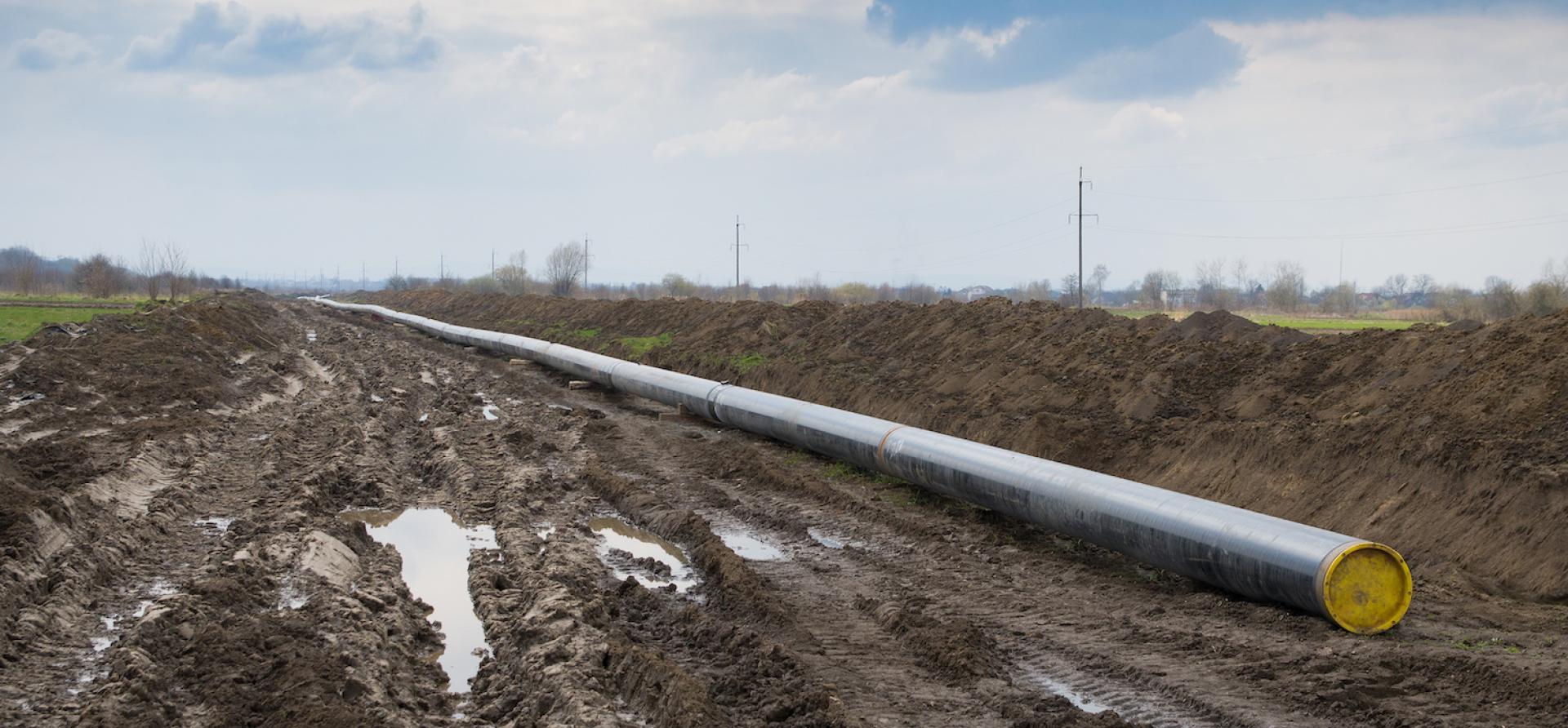Hiding in plain sight — European gas pipeline companies’ greenhouse gas emissions
Download Full Report

Key Findings
European pipeline companies are using a loophole to market themselves as low-carbon businesses
ESG reporting loophole helping incumbents misdirect investors
Executive Summary
European gas pipeline companies are exploiting a weakness in carbon reporting rules to market themselves as low-carbon, potentially diverting billions of euros from less carbon-emitting investments. In so doing, they are missing an opportunity to use emissions reporting as a tool to demonstrate how quickly they are aligning with a low-carbon transition.
This report finds that the unreported emissions of five of these companies are at least 100 times greater than their reported emissions. In addition, unreported emissions appear to be rising while reported emissions are falling.
Gas pipeline companies, known in Europe as transmission system operators (TSOs), transport and store natural gas, a fossil fuel (referred to in this report as “fossil gas”). Fossil gas is principally composed of methane, a powerful greenhouse gas. When burned, it releases another greenhouse gas, carbon dioxide, into the atmosphere. Burning fossil gas is less carbon-emitting than burning coal, and so gas companies frequently market gas as a “bridge” to a zero-carbon future. To survive in the long term, they will have to adapt their pipeline infrastructure to transport zero-carbon gases, such as “green hydrogen,” which might be produced at scale in the future by electrolysis using renewable power. For now, however, the TSOs remain fossil fuel companies, with infrastructure designed specifically for fossil gas.
Investors and regulators widely acknowledge that the financial sector will play a critical role in driving our transition to low-carbon energy. Investors need reliable emissions data for companies if they plan to allocate capital to low-carbon activities.
Thus, carbon accounting methods and targets have acquired great significance in determining whether companies are aligned with a low-carbon transition. According to one of the most common reporting standards, the Greenhouse Gas Protocol (GHGP), carbon emissions are divided between Scope 1, 2 and 3, according to whether they are direct emissions from a company’s activities (Scope 1), indirect emissions from energy purchased and used for a company’s activities (Scope 2), or all other indirect emissions from up and down the value chain, including downstream use of a company’s products (Scope 3). In the case of a gas power plant, Scope 1 will be the biggest, because it burns fossil gas to produce electricity, emitting carbon dioxide in the process. For a gas production company, Scope 3 will typically be the biggest, because the downstream use of the gas it produces will release carbon dioxide.
However, ambiguous definitions in the GHGP mean that TSOs, which only transport and store the gas, currently do not have to consider emissions from downstream or “final” use of the gas they handle, despite the fact that they form the indispensable “midstream” part of the fossil gas value chain, connecting producers with consumers. TSOs are using this loophole to present themselves as near zero-carbon enterprises, when in reality they are as responsible for fossil gas consumption as the upstream and downstream companies they connect.
We find that CDP (an international non-profit organisation formerly known as the Carbon Disclosure Project) has an influential position when it comes to emissions reporting, helping companies with GHGP disclosures and ranking them in league tables. When it comes to company performance relative to Environmental, Social and Governance (ESG) metrics, ESG-led investment analysts often rely on guidance from CDP. However, the weakness in CDP’s reporting guidance for TSOs means that this loophole is kept open, allowing them to completely ignore the climate impact of the fossil fuel they transport. The guidance allows TSOs to ignore final use emissions, because technically gas is not their ‘sold product’—even though it is, arguably, their raison d’être. Instead, TSOs typically only report Scope 3 emissions relating to their supply chain or employee business travel, which are much smaller.
The status quo makes it much easier for TSOs to market themselves as ESG leaders that are aligned with European Union emission reduction targets. It also means they can tap billions of euros in sustainable financing, diverting investor funds from less carbon-emitting energy value chains. This slows Europe’s energy transition and increases the financial risks posed by climate change.
With ever-greater amounts of capital flowing into ESG-led funds, much is at stake for companies and investors alike. As an example, one of the largest European TSOs, Italy-based Snam, recently described its plans to reduce its reported emissions to zero by 2040 as a “net zero” target—when it would, in fact, still be transporting fossil gas. The term “net zero” was coined under the 2015 Paris Agreement on climate change, referring to the global goal of reaching zero net greenhouse gas emissions in the second half of the 21st century, in a post-fossil fuel economy. In this context, it is inappropriate for a company that is still transporting fossil fuels as a major part of its business to refer to its activities as “net zero”. Snam’s statement highlights the weakness of carbon reporting rules for gas TSOs today.
















